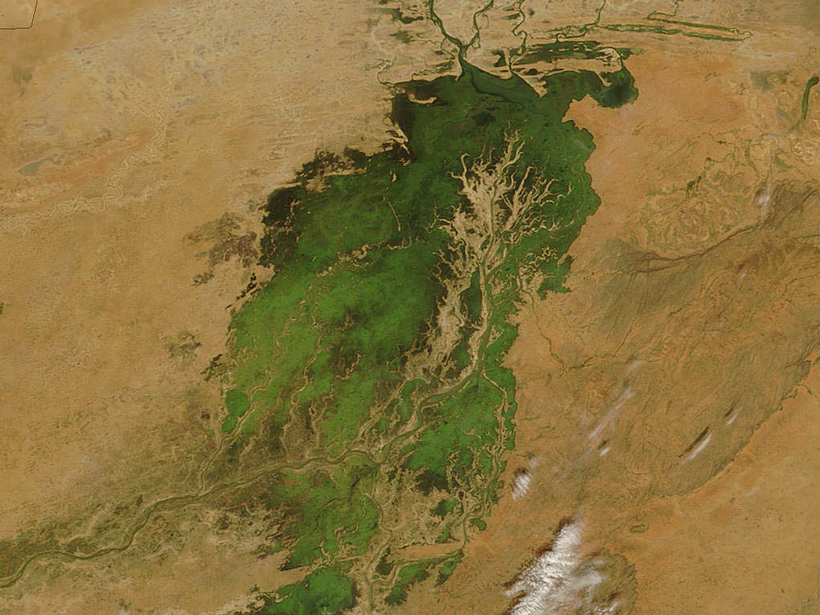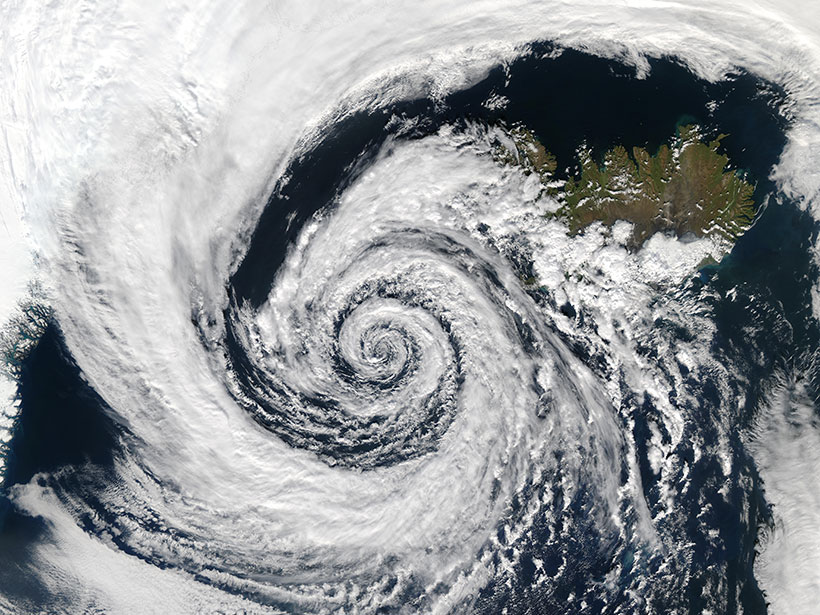New technology could help scientists understand how experimental floods from Glen Canyon Dam restore sandbars downstream.
Research Spotlights
Research spotlights are plain-language summaries of recent articles published in AGU’s suite of 24 journals.
Newly Discovered Properties of Elusive Gamma Ray Flashes
The properties of terrestrial gamma ray flashes have eluded scientists for years. This new study sheds light on how they originate.
How Did the Moon Get Its Shape?
Scientists find a solution to a 200-year-old problem: syncing the prominent bulges on the Moon with our natural satellite's origins.
Amazon Rain Forest Nourished by African Dust
New satellite data highlight the important role African dust plays in maintaining the rain forest's long-term health.
X Marks the Spot of Magnetic Islands in Space
At the edge of Earth's magnetic field, satellites have found X-shaped fields and fast-moving "islands" of magnetism that could shed light on the physics of solar storms.
Rainfall Fluctuations Hinder Projections of Future Extremes
Long-period oscillations in rainfall make even long records less useful for predicting future extremes.
Satellite Measurements May Help Real-Time Water Management
Upper Niger River study shows that satellite altimetry could help resource managers optimize reservoir releases even on ungauged rivers.
New Ionosphere Model Incorporates Solar Angles
The decades-old theory of the layers of the Earth's ionosphere, which dates to 1931, has just received an update that takes into account the angle of the Sun.
Historic Warm Periods Shed Light on Future Cyclones
Researchers look back in time to help understand our warmer future.
Hacking a Climate Satellite to See Beneath the Ocean's Surface
When NASA launched its CALIPSO spacecraft, the space agency did not intend to estimate phytoplankton populations.










